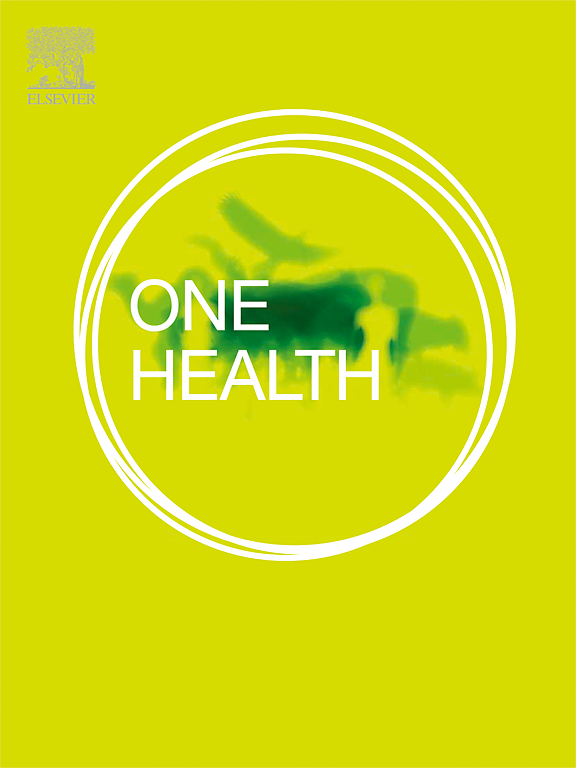病毒迁移和气象因素如何影响甲型/H3N2 流感的季节性:中国案例研究
IF 4.1
2区 医学
Q1 INFECTIOUS DISEASES
引用次数: 0
摘要
本文章由计算机程序翻译,如有差异,请以英文原文为准。

How virus migration and meteorological elements shape the seasonality of influenza a/H3N2: A case study in China
Recent global influenza resurgences, escalating to pandemics, emphasize the urgency for effective vaccinations. Despite their efficacy, vaccines offer limited protection against A/H3N2 variants. Thus, elucidating the spatial patterns and underlying drivers of A/H3N2 seasonality is critical for its management. However, the mechanisms governing this seasonality are not fully understood. The study conducted a collaborative and interdisciplinary analysis of influenza A/H3N2 epidemiology in China from 2012 to 2018, utilizing national influenza surveillance data, viral gene sequence data, and meteorological information. We initially examined the spatiotemporal distribution of influenza A/H3N2 across different temperate zones in China. Subsequently, we employed Bayesian “SkyGrid” reconstruction analysis to gain insights into the population dynamics of the influenza A/H3N2 virus within China's temperature zones. Additionally, we utilized generalized additive models (GAM) to assess the influence of meteorological factors on the seasonal prevalence of influenza A/H3N2. Our analysis of China's national influenza data revealed distinct seasonal patterns for A/H3N2: winter epidemics prevailed in temperate zones, while summer and autumn outbreaks occurred in subtropical and tropical areas. The seasonality of influenza A/H3N2 across China's diverse climatic zones is shaped by the interplay of virus migration and meteorological factors. Virus migration introduced new variant populations during seasonal epidemics of influenza A/H3N2 to different temperature zones in China, thereby seeding subsequent seasonal outbreaks. Our findings also indicate that meteorological elements trigger influenza A/H3N2 activity following virus migration. Moreover, the spatial variations in influenza A/H3N2 seasonality in China can be attributed to specific temperature thresholds, approximately 1 °C and 24 °C. These thresholds could serve as potential indicators for A/H3N2 prevalence. This insight is invaluable for tailoring region-specific prevention and control strategies in China and other regions with similar environmental conditions.
求助全文
通过发布文献求助,成功后即可免费获取论文全文。
去求助
来源期刊

One Health
Medicine-Infectious Diseases
CiteScore
8.10
自引率
4.00%
发文量
95
审稿时长
18 weeks
期刊介绍:
One Health - a Gold Open Access journal.
The mission of One Health is to provide a platform for rapid communication of high quality scientific knowledge on inter- and intra-species pathogen transmission, bringing together leading experts in virology, bacteriology, parasitology, mycology, vectors and vector-borne diseases, tropical health, veterinary sciences, pathology, immunology, food safety, mathematical modelling, epidemiology, public health research and emergency preparedness. As a Gold Open Access journal, a fee is payable on acceptance of the paper. Please see the Guide for Authors for more information.
Submissions to the following categories are welcome:
Virology,
Bacteriology,
Parasitology,
Mycology,
Vectors and vector-borne diseases,
Co-infections and co-morbidities,
Disease spatial surveillance,
Modelling,
Tropical Health,
Discovery,
Ecosystem Health,
Public Health.
 求助内容:
求助内容: 应助结果提醒方式:
应助结果提醒方式:


